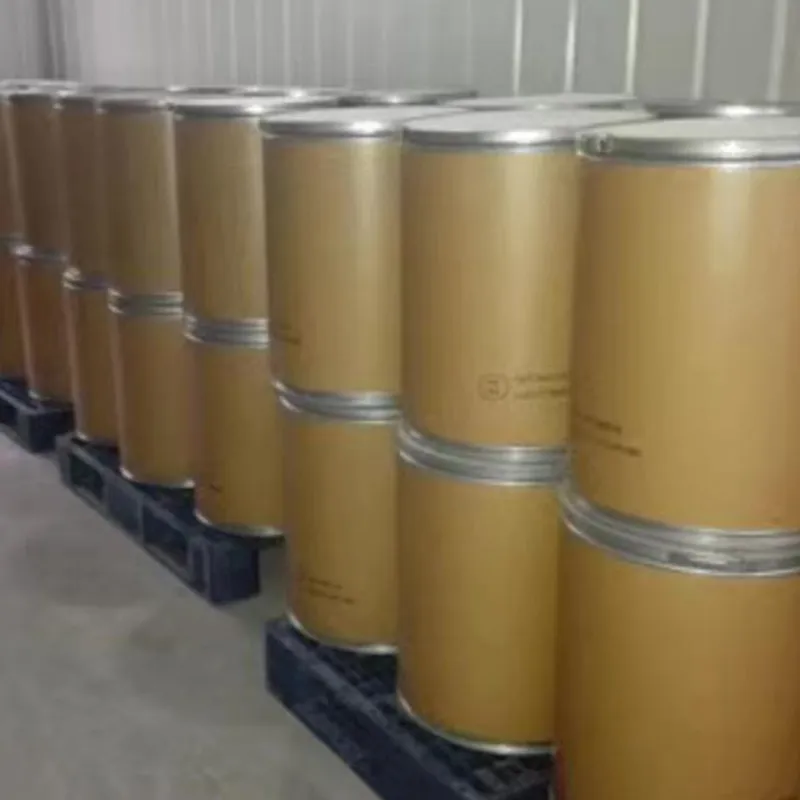
emulsifier 322 471
Emulsifiers Exploring E471 and E322
Emulsifiers play a crucial role in the food industry, helping to stabilize mixtures that would otherwise separate, such as oil and water. Among the various emulsifiers, E471 and E322 are two widely used substances that enhance food texture, appearance, and shelf life. Understanding these emulsifiers can provide insights into their functionality and effects on health.
E471 Mono- and Diglycerides of Fatty Acids
E471, commonly known as mono- and diglycerides of fatty acids, is derived from glycerol and fatty acids. It is primarily used to create stable emulsions in a variety of food products, such as margarine, baked goods, and spreads. Due to its ability to improve the texture and physical properties of foods, E471 is a favorite among food manufacturers.
One of the key advantages of E471 is its effectiveness at low concentrations, making it a cost-efficient option. It helps prevent the separation of ingredients, thereby maintaining the quality and consistency of products. Moreover, E471 has a neutral taste, which means it does not alter the flavor profile of food.
In terms of health, E471 is generally recognized as safe by regulatory agencies, including the FDA and EFSA, when consumed within established limits. However, it is important for consumers to be aware that E471 is derived from vegetable or animal fats, which can vary in quality. For those with dietary restrictions, particularly vegans and vegetarians, it's prudent to check the source of E471 in food products.
emulsifier 322 471

E322 Lecithins
In contrast, E322 refers to lecithins, which are natural emulsifiers found in various plant and animal tissues. Soy lecithin is the most common source, used extensively in chocolate, margarine, and baked goods. Lecithins also act as antioxidants and help in the absorption of fat-soluble vitamins.
Lecithins have gained popularity due to their natural origin and potential health benefits. They contain phospholipids, which are essential for cell membrane structure and have been linked to improved brain health and lower cholesterol levels. As a result, many consumers prefer E322 over synthetic emulsifiers, viewing it as a healthier option.
However, it is worth noting that individuals with soy allergies should avoid products containing E322 derived from soybeans.
Conclusion
In summary, E471 and E322 are important emulsifiers that serve specific functions in the food industry. While E471 plays a vital role in stabilizing food mixtures with its cost-effectiveness and versatility, E322 stands out as a natural alternative with potential health benefits. As consumers become increasingly health-conscious, understanding these additives will empower them to make informed food choices. Regardless of the choice, both emulsifiers contribute to the appeal and longevity of many beloved food items.
-
Sodium Dichloroisocyanurate Safety Handling ProtocolsNewsJul.29,2025
-
Mining Chemicals for Copper Extraction Processes GuideNewsJul.29,2025
-
Fertilizer for Sale Shipping and Storage TipsNewsJul.29,2025
-
Dimethyl Disulfide as Sulfurizing AgentNewsJul.29,2025
-
Benzotriazole Safety Data Handling and Storage GuidelinesNewsJul.29,2025
-
Ammonium Bicarbonate Safety Handling Storage GuidelinesNewsJul.29,2025
-
The Transformative Role Of Trichloroisocyanuric Acid in Water TreatmentNewsJul.23,2025
Hebei Tenger Chemical Technology Co., Ltd. focuses on the chemical industry and is committed to the export service of chemical raw materials.
-

view more DiethanolisopropanolamineIn the ever-growing field of chemical solutions, diethanolisopropanolamine (DEIPA) stands out as a versatile and important compound. Due to its unique chemical structure and properties, DEIPA is of interest to various industries including construction, personal care, and agriculture. -

view more TriisopropanolamineTriisopropanolamine (TIPA) alkanol amine substance, is a kind of alcohol amine compound with amino and alcohol hydroxyl, and because of its molecules contains both amino and hydroxyl. -

view more Tetramethyl Thiuram DisulfideTetramethyl thiuram disulfide, also known as TMTD, is a white to light-yellow powder with a distinct sulfur-like odor. It is soluble in organic solvents such as benzene, acetone, and ethyl acetate, making it highly versatile for use in different formulations. TMTD is known for its excellent vulcanization acceleration properties, which makes it a key ingredient in the production of rubber products. Additionally, it acts as an effective fungicide and bactericide, making it valuable in agricultural applications. Its high purity and stability ensure consistent performance, making it a preferred choice for manufacturers across various industries.











